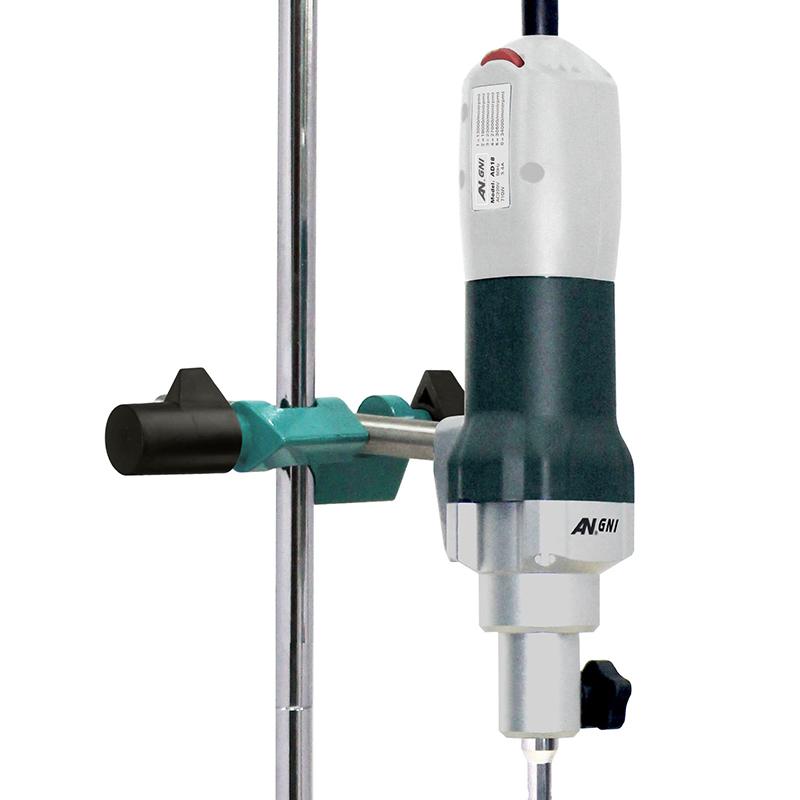Analysis of solvent volatilization rate in coatings and detailed explanation of effective control strategy
In the field of coatings, solvent volatilization rate is a crucial parameter, directly related to the preparation, storage, construction of coatings and the quality and performance of the final coating. This paper will discuss the importance of solvent volatilization rate, influencing factors and how to meet specific construction requirements through reasonable control strategies.
Importance of solvent volatilization rate
In coating engineering, the drying speed of the coating is very important to the quality and construction performance of the coating film. As a key factor of drying speed, solvent volatilization rate directly affects the performance of coatings. Rapid volatilization can lead to problems such as flatness and gloss, while slow drying can lead to uneven surface texture or whiteness. In this regard, we also need to pay attention to the phenomenon of “whitening” that may occur during the spraying process, which is a white film formed by mixing moisture with the paint, which may damage the quality of the coating.
Analysis of solvent volatilization rate in coatings and detailed explanation of effective control strategy
Factors affecting solvent volatilization rate
Properties of the solvent itself
The boiling point, molecular weight and molecular structure of solvent directly affect its volatilization rate. Solvents with low boiling points usually have a higher vapor pressure at room temperature and volatilize faster.
Coating formulation
Solvents in coatings are mixtures of different volatilization rates and properties, and reasonable formulation design is crucial to meet specific construction requirements.
Construction condition
Climate humidity and temperature are the key factors affecting the volatilization rate. In hot and humid climates, the possibility of moisture condensation is higher, so the volatilization rate needs to be adjusted appropriately.
Analysis of solvent volatilization rate in coatings and detailed explanation of effective control strategy
Control strategy of solvent volatilization rate
Choose the right solvent
Choosing a solvent with the right evaporation rate and performance in a coating formulation requires careful consideration of the type of coating and the field of application.
Solvent ratio adjustment
By reasonably adjusting the proportion of different solvents, the volatilization rate of the coating can be fine-tuned to meet the specific construction requirements.
Control construction conditions
According to different climatic conditions, the volatilization rate of the coating is adjusted to prevent the occurrence of moisture condensation and whitening. Choosing the right solvent and construction temperature is the key to achieving this goal.
Analysis of solvent volatilization rate in coatings and detailed explanation of effective control strategy
Viscosity control
Viscosity is another important performance parameter of coatings, which is affected by the type and amount of solvent. With proper viscosity control, it is possible to ensure that the paint has good fluidity during construction.

The volatilization rate of solvent plays an important role in coating engineering and has a direct influence on the quality and performance of coating. By selecting the right solvent, adjusting the proportion, controlling the construction conditions and viscosity, we can effectively control the solvent volatilization rate to meet specific construction requirements and performance standards. This is critical to the success of the coating industry, as the quality and durability of the final coating is directly dependent on the quality and performance of the coating. In the future painting research and practice, we also need to deepen the understanding of solvent volatilization rate and explore more refined control strategies to promote the continuous innovation and development of coating technology.
